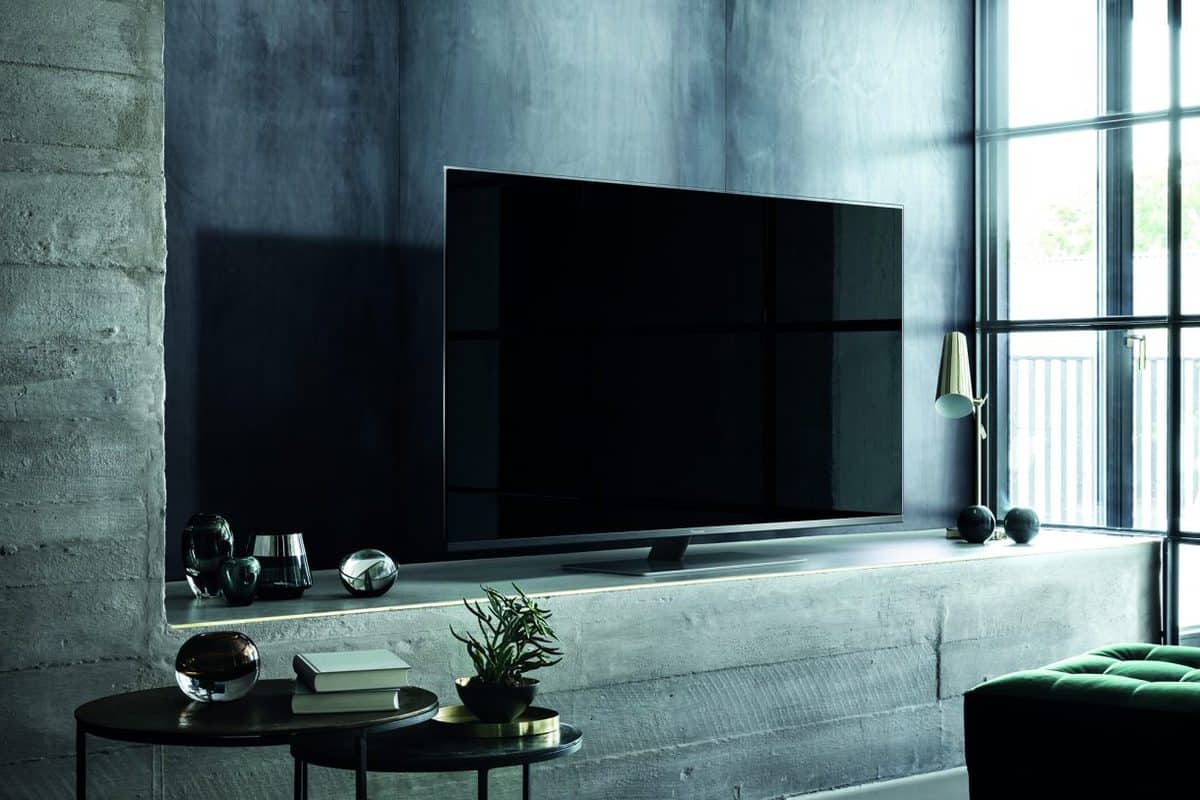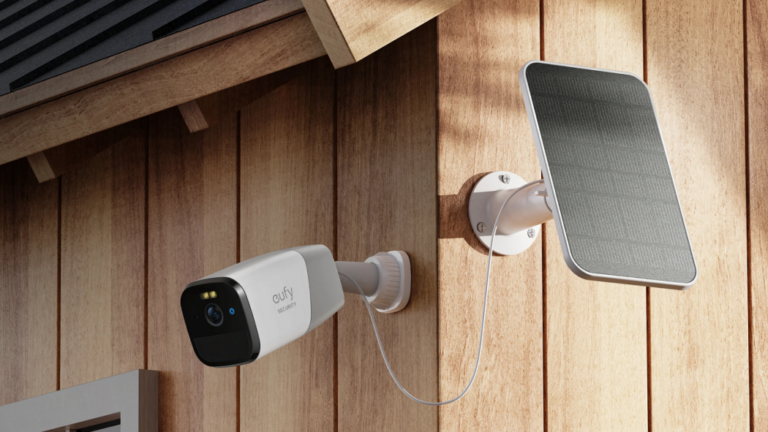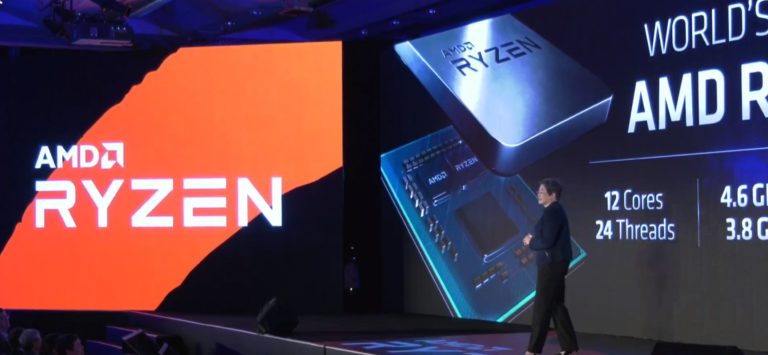Any links to online stores should be assumed to be affiliates. The company or PR agency provides all or most review samples. They have no control over my content, and I provide my honest opinion.
With the latest TVs coming out for 2018, and an itch to upgrade myself, I have been covering some of the technologies TVs use including HDR10 vs Dolby Vision and OLED vs LED & QLED.
However, these are not the only technologies to consider when buying a TV, if you are getting an LCD it is worth knowing about VA vs IPS panels, and how the backlighting works whether it is FALD, direct-lit or edge lit.
All LCD panels, regardless of the branding, which includes LED and QLED, require backlighting, as the liquid crystals themselves can not produce any light. This is simply achieved by shining light through the back of them which then illuminates the colours.
The liquid crystals will block out some of the light depending if they are activated or not, and their effectiveness varies depending on if the panel is VA or IPS. However, neither panel is 100% perfect, so ideally you want that illumination to be targeted so that the bright parts of the image are bright, and the darks dark. This is especially true for blacks, shining light though a black spot will give off a greyish glow rather than pitch black.
OLEDs have become the go-to for enthusiasts as the OLEDs can provide light themselves, therefore when an image is black; it remains truly black. The downside is that OLEDs can’t get quite as bright as a TV with a backlight source.

Edge Lit LED

This is the most common type of lighting, and it is becoming increasingly difficult to find an LED with any other form of lighting.
The name is self-explanatory, the LEDs for backlighting are located along the edges of the TV. Some cheaper models may only have the top and bottom edge lit, but for most mid-range models and up all 4 edges should be lit up.
The advantage edge-lit is primarily cost; it is far cheaper just to light the edges of the display than all of it. It is good enough for the vast majority of consumers, and that is the main thing manufactures care about. Using LEDs around the edges also allows for thinner displays that use less power. I don’t understand the obsession for ultra-thin TVs or phones at the sacrifice of function, but I suppose I am not the standard consumer.

The big downside for edge-lit displays is that light bleed is very common, on a completely black screen you can often see the backlighting around the edges, in particular, the corners where the LED density is higher. This ruins black uniformity across the screen.
Direct-Lit
Things get a little muddled when it comes to direct-lit, and then FALD. With a direct-lit backlight panel, the LEDs behind the LCD surface of a TV are arrayed right behind the panel; this will significantly reduce the light bleed and improve black uniformity across the panel.
The downside is that more LEDs will mean more cost, you will also get a much thicker panel.
If the TV isn’t FALD and it is a relatively cheap panel, the array of LEDs always stays fully active, and only the LCD panel in front of it blocks out light selectively as needed for rendering dimming patterns in content. You will find fewer LEDs compared to FALD, as the costs need to be kept down.
I am not sure of any TVs that use this in 2018, but the Samsung KU6300 used it back in 2016
Full Array Local Dimming
This is the option you think of when the term direct-lit is used, and it has the full panel array of LEDs as the direct-lit option, but now the LEDs are broken up into zones which allow you to target the backlighting where it is needed. This allows for vastly better blacks and contrast levels.
Not all FALD displays are created equal though, depending on the price, or just how economical the manufacturer is, the number of LEDs and zones used can vary widely. The more LEDs and the more zones the better the performance.

Panasonic famously released the DX902 in 2016 which included 512 zones with FALD and a unique honeycomb to stop bleeding into neighbouring zones. It achieved the UHD premium specifications with a 1,000 Nits peak brightness. Since then they have shied away from local dimming in favour of OLED, and now their top end LCD uses edge lighting. Sony released the ZD9 series last year with a massive 600 LEDs and 1,600 nits of brightness but at the cost of nearly £4k at launch for the 65” model, and it is still £3k now.
Nowadays there are not many FALD options, though the number has improved this year, none of them come close to the 512 zones on the DX902.
Sony has the X900F which has just 60 local zones, and then there is still the ZD9 available
LG have re-introduced FALD this year with the SK9000 and SK9500 models, and they are not revealing how many zones are included, it is suspected that it is less than 100.
One of the issues FALD faces is the high costs and the reducing prices of OLED. Very few people are going to buy the ZD9 at £3k when they can get an OLED for the same price. The X900F is not going to perform as well as you might want from FALD due to the low zone count, and even though it is cheaper than OLED, it is not a considerable way off.
For some enthusiasts, a good FALD panel will be better than OLED as it has far superior brightness, and this small number of consumers are the ones that would be willing to fork out £3k for the Sony ZD9.
Overall
If you can’t afford OLED then edge-lit LED maybe your best bet, it won’t perform as well but it will be far cheaper and for your average consumer will perform just fine.
For me, one option is just to wait another year for OLED to drop in price, but I said that last year, and I will likely say it next year too.
I am James, a UK-based tech enthusiast and the Editor and Owner of Mighty Gadget, which I’ve proudly run since 2007. Passionate about all things technology, my expertise spans from computers and networking to mobile, wearables, and smart home devices.
As a fitness fanatic who loves running and cycling, I also have a keen interest in fitness-related technology, and I take every opportunity to cover this niche on my blog. My diverse interests allow me to bring a unique perspective to tech blogging, merging lifestyle, fitness, and the latest tech trends.
In my academic pursuits, I earned a BSc in Information Systems Design from UCLAN, before advancing my learning with a Master’s Degree in Computing. This advanced study also included Cisco CCNA accreditation, further demonstrating my commitment to understanding and staying ahead of the technology curve.
I’m proud to share that Vuelio has consistently ranked Mighty Gadget as one of the top technology blogs in the UK. With my dedication to technology and drive to share my insights, I aim to continue providing my readers with engaging and informative content.







